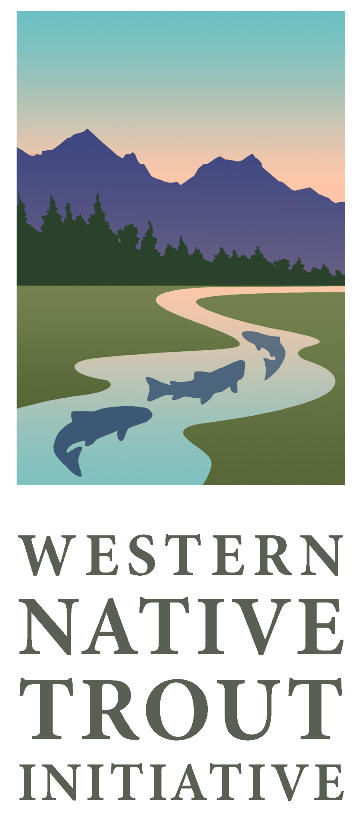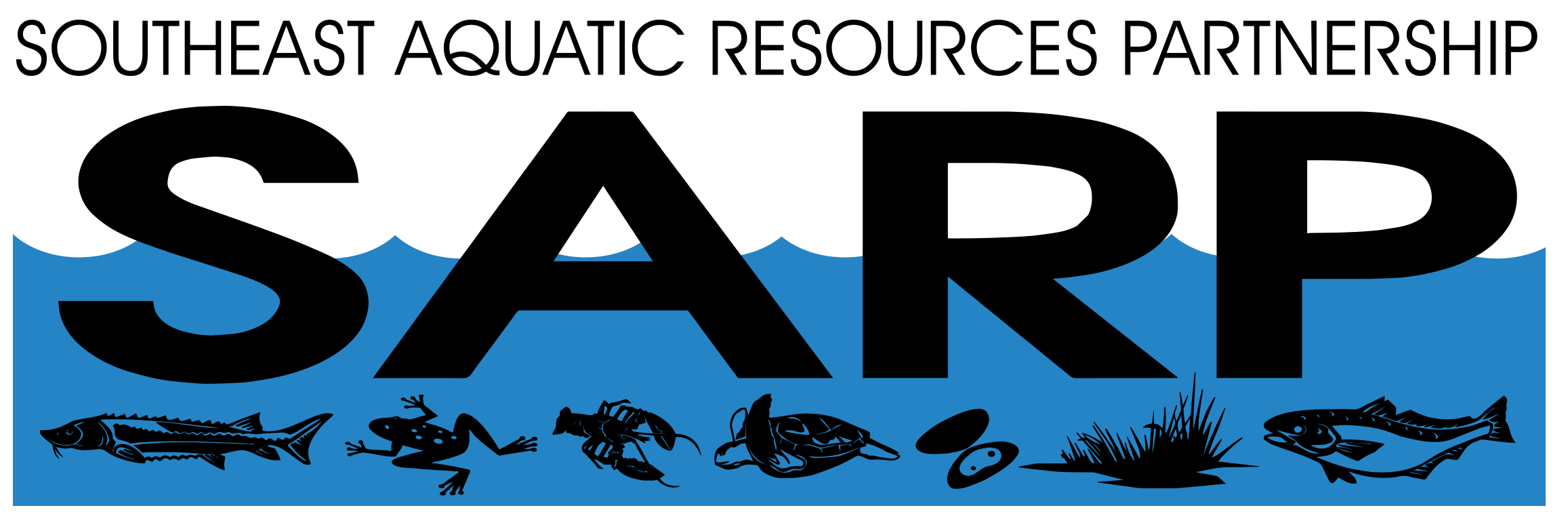Filters: Types: OGC WMS Service (X)
41,655 results (41ms)|
Filters
Date Range
Extensions Types
Contacts
Categories Tag Types
|
Kelsey Boltz has been a registered mining engineer and geologist in Arizona since the mid 1960s. A 1953 graduate of the Colorado School of Mines, he founded Colamer Corporation and Nuclear Dynamics, both companies active in the uranium industry in the Grants Uranium Region of New Mexico in the '50s, '60s and '70s. In 1981 he co-founded Century Capital, Inc., an investment banking and retail brokerage firm which provided several hundred million dollars financing for various industries including natural resource companies. In 1990 he started his exploration consulting company, Boltz Group International, which initiated and managed several mining projects in Mexico, Chile and Bolivia. The collection consists of geologic...
Categories: Data,
Physical Item;
Types: Collection,
Map Service,
OGC WFS Layer,
OGC WMS Layer,
OGC WMS Service;
Tags: ndc_collection
This collection consists of economic geologic information on Anderson Mine and Date Creek area collected from the late 1960s to the late 1970s. It contains geologic reports, maps, assays, drill logs and related materials.
Categories: Physical Item;
Types: Collection,
Map Service,
OGC WFS Layer,
OGC WMS Layer,
OGC WMS Service;
Tags: ndc_collection
This ecoregion consists of a wide swath of rolling hills and plateaus that grades from the coastal plain (101) on the north to the Brooks Range (103) on the south. The east-west extent of the ecoregion stretches from the international boundary between Alaska and the Yukon Territory, Canada, to the Chukchi Sea. The hills and valleys of the region have better defined drainage patterns than those found in the coastal plain to the north and have fewer lakes. The area is underlain by thick permafrost and many ice-related surface features are present. The region is predominantly treeless and is vegetated primarily by mesic graminoid herbaceous communities.
The mountains of south central Alaska, the Alaska Range, are very high and steep. This ecoregion is covered by rocky slopes, icefields, and glaciers. Much of the area is barren of vegetation. Dwarf scrub communities are common at higher elevations and on windswept sites where vegetation does exist. The Alaska Range has a continental climatic regime, but because of the extreme height of many of the ridges and peaks, annual precipitation at higher elevations is similar to that measured for some ecoregions having maritime climate.
This ecoregion is composed of rounded, folded and faulted sedimentary ridges intermittently surmounted by volcanoes. The mountains were heavily glaciated during the Pleistocene epoch. A marine climate prevails, and the region is generally free of permafrost. Many soils formed in deposits of volcanic ash and cinder over glacial deposits and are highly erodible. Vegetation cover commonly consists of dwarf scrub communities at higher elevations and on sites exposed to wind, and low scrub communities at lower elevations and in more protected sites.
The Hudson Shelf Valley is the submerged seaward extension of the ancestral Hudson River drainage system and is the largest physiographic feature on the Middle Atlantic continental shelf. The valley begins offshore of New York and New Jersey at about 30-meter (m) water depth, runs southerly and then southeasterly across the Continental Shelf, and terminates on the outer shelf at about 85-m water depth landward of the head of the Hudson Canyon. Portions of the 150-kilometer-long valley were surveyed in 1996, 1998, and 2000 using a Simrad EM1000 multibeam echosounder mounted on the Canadian Coast Guard ship Frederick G. Creed. The purpose of the multibeam echosounder surveys was to map the bathymetry and backscatter...
The Sauk River, a fedrally designated Wild and Scenic River, is one of the few large glacier-fed rivers in western Washington that is unconstrained by dams and drains a relatively pristine landscape which includes Glacier Peak, a glaciated stratovolcano. The U.S. Geological Survey (USGS) conducted a 5-year study (2012-2016 water years) of suspended-sediment and water temperature monitoring for the purpose of determining suspended-sediment loads and identifying sediment production regimes and associated seasonality of sediment transport. Monitoring occurred at three USGS streamgages on the Sauk River, including two long-term gages with more than 90 years of continuous record and a new gage installed for the purpose...
Categories: Data;
Types: Map Service,
OGC WFS Layer,
OGC WMS Layer,
OGC WMS Service;
Tags: USGS Science Data Catalog (SDC),
Water Quality,
Water Resources

This folder contains data contributed to the National Fish Habitat Partnership (NFHP) Data System by the Western Native Trout Initiative (WNTI). WNTI was recognized as a partner of NFHP in February 2008.
Nitrogen, phosphorus, and suspended-sediment loads, and changes in loads, in major rivers across the Chesapeake Bay watershed have been calculated using monitoring data from the Chesapeake Bay River Input Monitoring Network (RIM) stations for the period 1985 through 2019. Nutrient and suspended-sediment loads and changes in loads were determined by applying a weighted regression approach called WRTDS (Weighted Regression on Time, Discharge, and Season). The load results represent the total mass of nitrogen, phosphorus, and suspended sediment that was exported from each of the RIM watersheds.
Categories: Data;
Types: Map Service,
OGC WFS Layer,
OGC WMS Layer,
OGC WMS Service;
Tags: Chesapeake Bay Watershed,
Delaware,
Maryland,
New York,
Pennsylvania,
Collection includes Piedmont rock cores. This collection has not yet been inventoried and cataloged. Please contact the Delaware Geological Survey to inquire about this collection.
Categories: Physical Item;
Types: Collection,
Map Service,
OGC WFS Layer,
OGC WMS Layer,
OGC WMS Service;
Tags: ndc_collection
Geoscientific collections managed by Maine Geological Survey are aggregated in the National Digital Catalog to enhance discovery and use of valuable samples and data for further scientific research. Contact information and material access instructions are provided for the individual collections.
Arsenic concentrations from 20,450 domestic wells in the U.S. were used to develop a logistic regression model of the probability of having arsenic > 10 µg/L (“high arsenic”), which is presented at the county, state, and national scales. Variables representing geologic sources, geochemical, hydrologic, and physical features were among the significant predictors of high arsenic. For U.S. Census blocks, the mean probability of arsenic > 10 µg/L was multiplied by the population using domestic wells to estimate the potential high-arsenic domestic-well population. Approximately 44.1 M people in the U.S. use water from domestic wells. The population in the conterminous U.S. using water from domestic wells with predicted...
Alternate IDs: 323112114482701 C-10-25 34AAC1 Agency: USGS Reclamation Data: Water Level - Tapedown Water Level - Transducer Gravity Coordinate (approximate; UTM 11N): 3600209 N 705938 E

This folder contains data contributed to the National Fish Habitat Partnership (NFHP) Data System by the Southeast Aquatic Resources Partnership (SARP). SARP was recognized as a partner of NFHP in October 2007.

Description of Work U.S. Geological Survey (USGS) is identifying the types and locations of emerging and legacy toxic contaminants in the water and sediments at 59 major tributaries to the Great Lakes (including many Area of Concern sites). This information is needed to help prioritize watersheds for restoration, develop strategies to reduce contaminants, and measure the success of those efforts in meeting restoration goals. The USGS contaminant and virus tributary monitoring network follows the National Monitoring Network for Coastal Waters design. The monitoring effort includes collecting emerging contaminant samples at 17 sites, a subset of the 30 nutrient monitoring sites; and for human viruses and other waterborne...
Categories: Project;
Types: Map Service,
OGC WFS Layer,
OGC WMS Layer,
OGC WMS Service;
Tags: Emerging contaminants,
GLRI,
Great Lakes Restoration Initiative,
Great Lakes Restoration Initiative,
Great Lakes Tributaries,

Description of Work Benthos (benthic invertebrate) and plankton (phytoplankton/zooplankton) communities in Wisconsin's four Lake Michigan Areas of Concern (AOCs; Menominee River, Lower Green Bay and Fox River, Sheboygan River, and Milwaukee Estuary) and six non-AOCs will be quantified. The inclusion of non-AOC sites will allow comparison of AOC sites to relatively-unimpacted or less-impacted control sites with natural physical and chemical characteristics that are as close as possible to that of the AOCs. The community data within and between the AOCs and non-AOCs will be analyzed. This project is a cooperative agreement between the Wisconsin Department of Natural Resources (WDNR) and the US Geological Survey (USGS)....
Categories: Project;
Types: Map Service,
OGC WFS Layer,
OGC WMS Layer,
OGC WMS Service;
Tags: AOC,
Areas of concern,
Beneficial use impairment,
Ecosystem health,
Fox River,

Description of Work USGS will conduct seasonal sampling of benthic invertebrates, zooplankton, prey fish, and their diets to complement the seasonal lower trophic level sampling by EPA. A point of emphasis is describing the vertical distribution of planktivores and their zooplankton prey, to fill a knowledge gap on these predator/prey interactions. These data will provide a more holistic understanding of how invasive-driven, food-web changes could be altering energy available to sport fishes in the Great Lakes and used to build bioenergetics models that can evaluate whether zooplankton dynamics are being driven by limited resources or excessive predation. Understanding the key drivers of zooplankton will provide...
Categories: Project;
Types: Map Service,
OGC WFS Layer,
OGC WMS Layer,
OGC WMS Service;
Tags: Accountability,
CSMI,
Ecosystem health,
Energy transfer,
Fish production,
Alternate IDs: 323326114482601 C-10-25 15DAC1 Organization: USGS Data: Water Level - Tapedown Water Level - Transducer Specific Conductance Temperature Coordinate (approximate; UTM 11N): 3604326 N 705875 E
Alternate IDs: 323825114460301 C-09-24 18CCD1 Agency: USGS Reclamation Data: Water Level - Tapedown Water Level - Transducer Temperature Specific Conductance Gravity Coordinate (approximate; UTM 11N): 3613602 N 709406 E
Alternate IDs: 323006114483901 C-11-25 03ACC1 Organization: USGS Reclamation Data: Water Level - Discrete Water Level - Continuous Gravity Specific Conductance Temperature Coordinate (approximate; UTM 11N): 3598151 N 705672 E Notes: Piezometer was dry at the start of the pulse flow. Only about 7 weeks of data were collected before the piezometer returned to dry conditions.
|

|